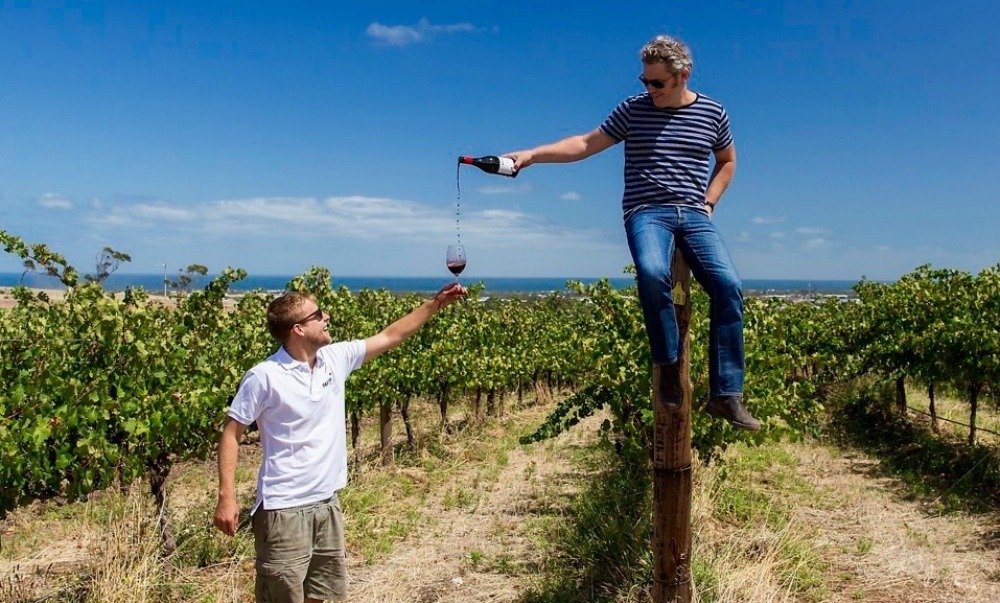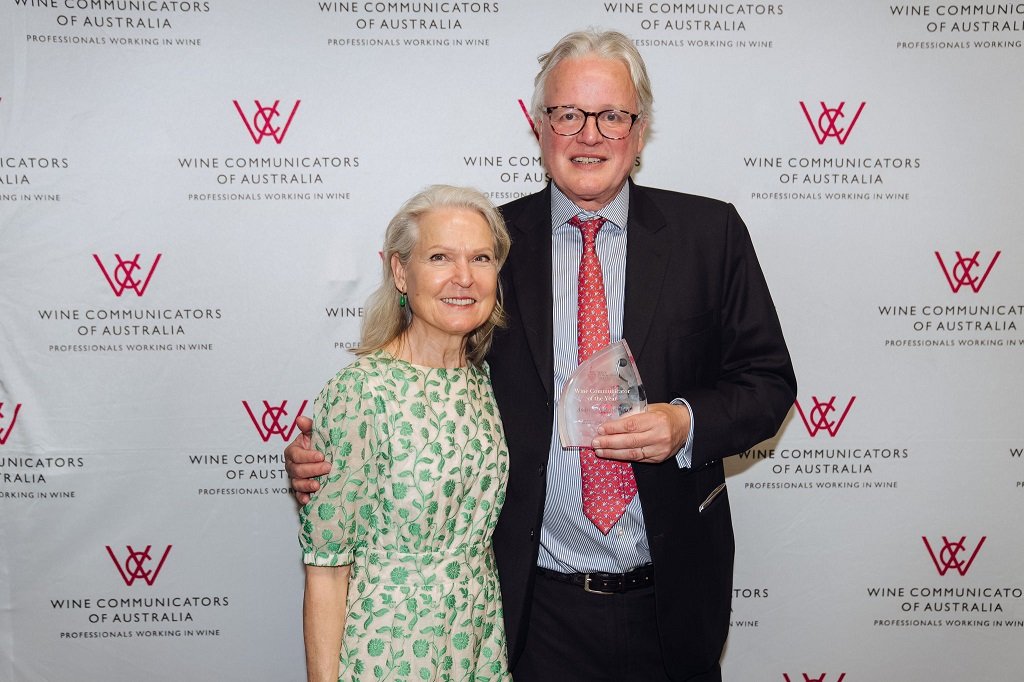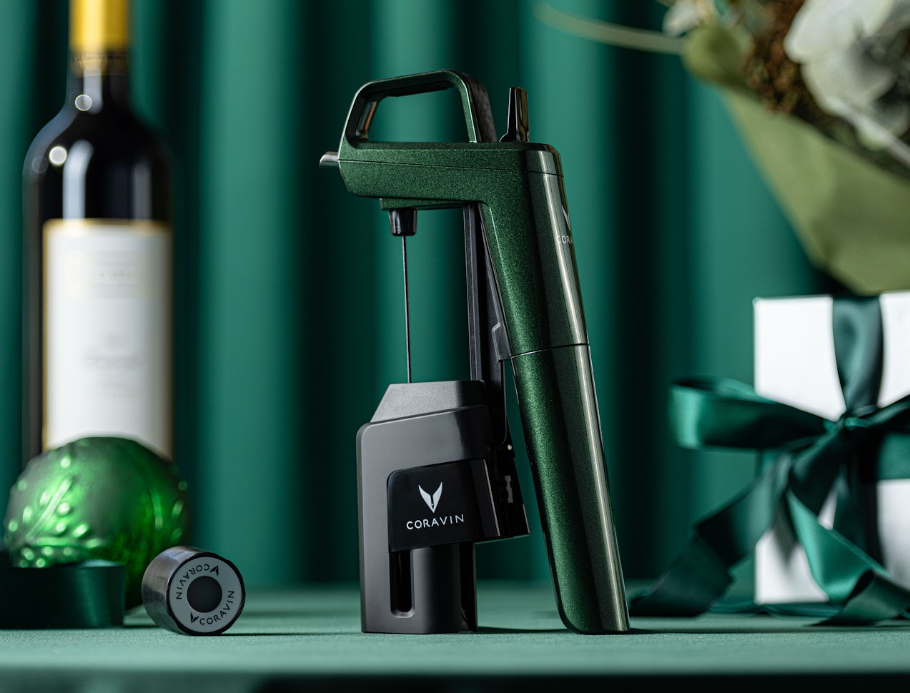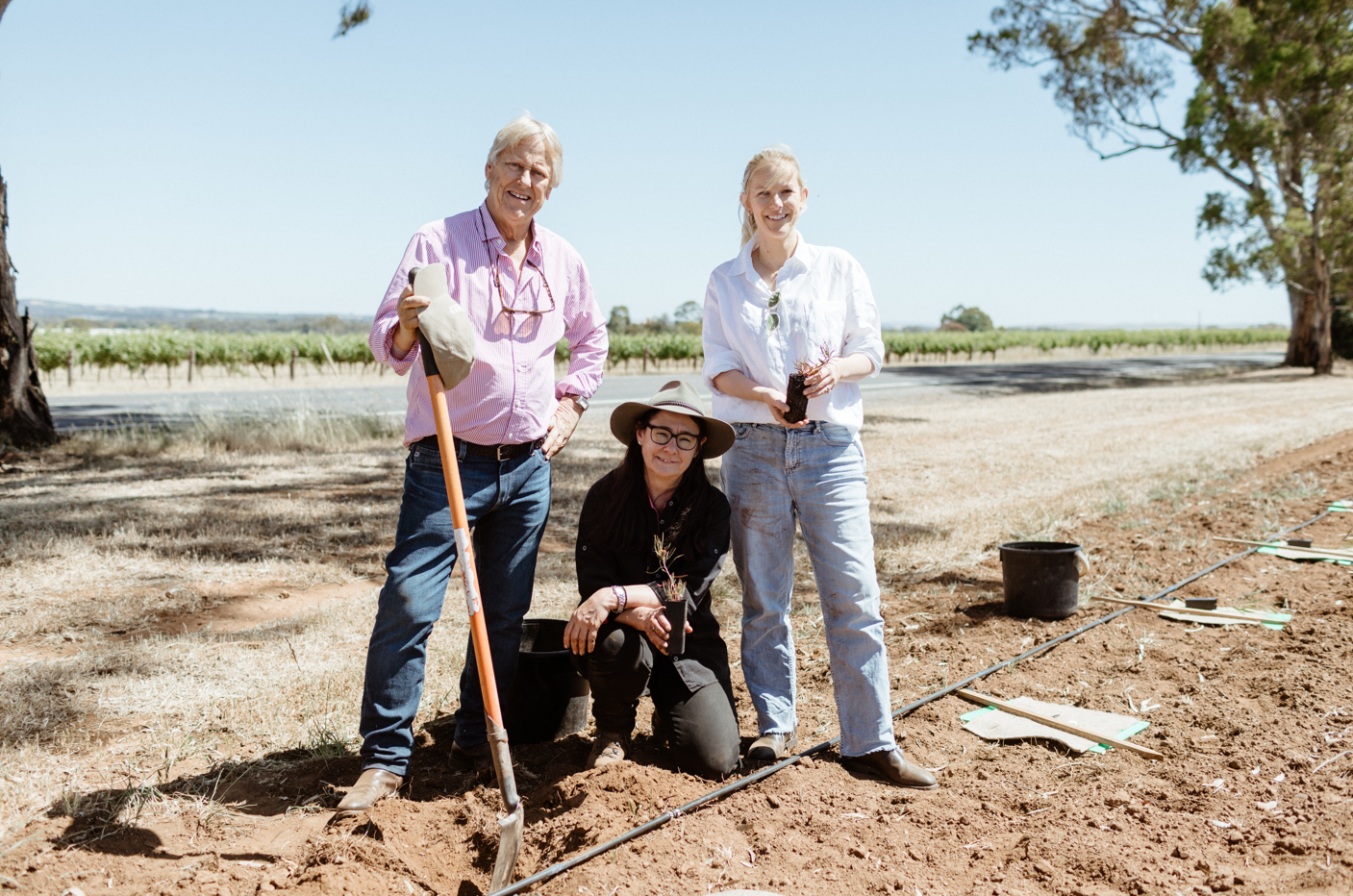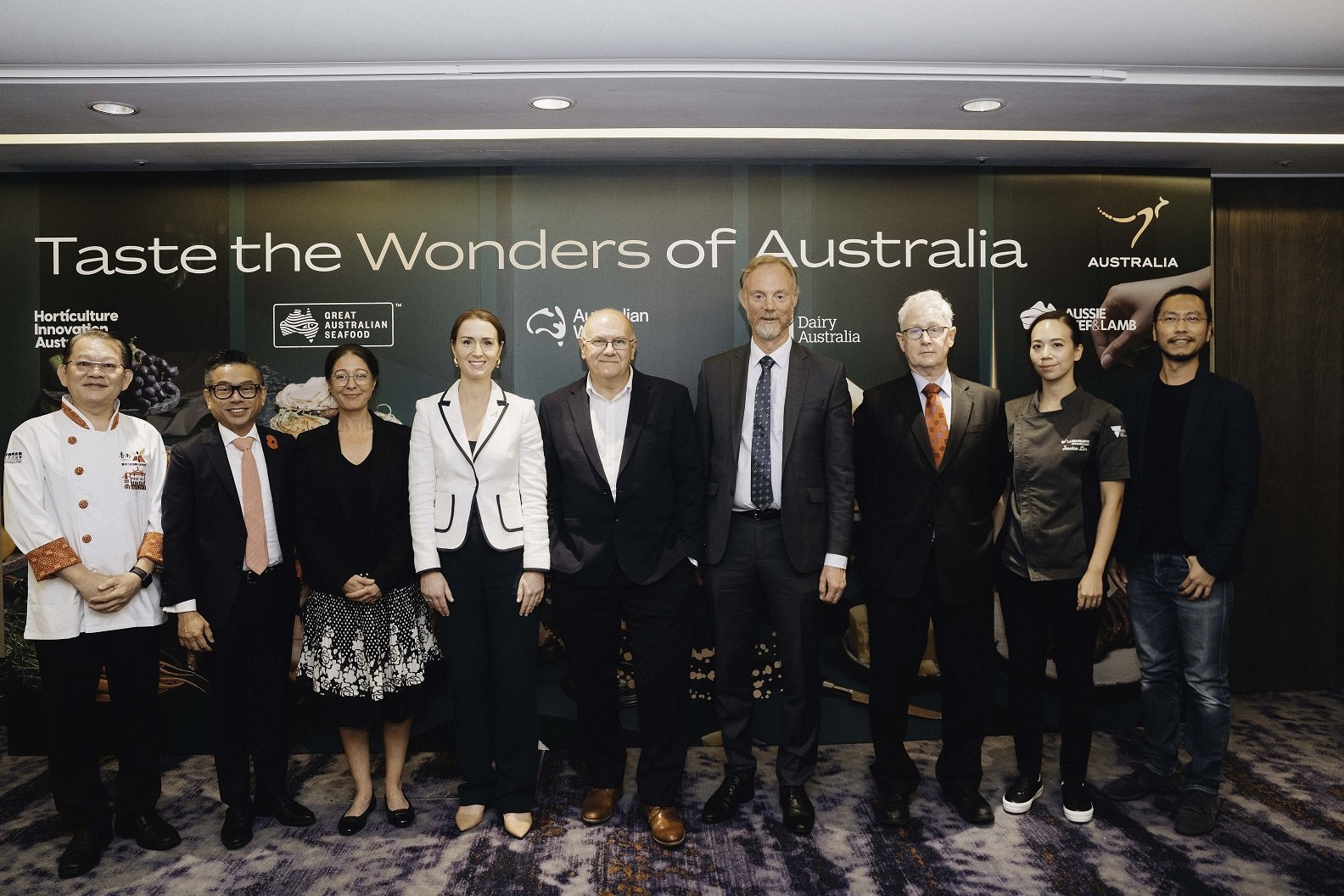Organic wine is tipped to become "the norm" in Australia, with sales growing at a massive 54% a year.
While it currently only represents only 0.42% of volume in the Australian wine market, it's now valued at $31million as a retail category.
BWS wine business manager James Maltman told Good Food sales of organic wine had doubled in its 1300 stores in the past 12 months, outpacing rosé and prosecco.
"Customers are more conscious about what they're putting in their bodies," said BWS wine business manager James Maltman. "Although all age groups are buying more organic wine, sales are particularly strong with younger customers."
"A lot of our core brands have integrated organic wines into their range, and BWS expects to double organic wine sales again in the next 12 months as more wineries convert to organic grapes.
"I think organic wine will be the norm within the next 10 years."
David Paxton, owner of Paxton Wines in McLaren Vale (pictured main), agrees. He told Cellarmasters: "The future of wine is from the past. Producing organic-biodynamic wines is a return to old-fashioned farming methods, when a farm was its own micro-environment.”
International surge in market
New research from IWSR Drinks Market Analysis predicts a rapid increase in organic wine consumption by 2022.
The IWSR Organic Wine Report forecasts that the category will see 8.2% compound annual growth by 2022.
“Overall, total still wine volume is increasing slightly but remains largely flat, while the organic market is forecasted to reach 87.5million cases by 2022,” said Mark Meek, IWSR’s CEO. “Much of that growth is being driven by Europe, which will account for 78% of the global organic wine market by 2022. The Americas will represent about 12% of total organic wine consumption.”
Total organic area under vine, the report shows, has increased by 234% since 2007 and in 2017 surpassed 400,000 hectares.
Organic to buck wine decline in UK
While overall total wine consumption in the UK is in decline, organic wine volume is expected to post a CAGR of 9.4% 2017-2022.
Consumers in the UK are paying an average 38% more for a bottle of organic versus non-organic wine and are buying considerably more red wine than white/rosé (60% versus 40% respectfully). About 72% of organic wine in the UK is Old World, with France, Italy and Spain at the forefront. Organic wine speaks to a broad audience in the country, but primarily caters to wealthier wine lovers and/or regular buyers of organic produce, and those who reside in metropolitan areas (particularly London).
Rising interest in the US
Total still wine consumption is increasing in the US, and though still a niche category, organic is slowly taking share from non-organic.
Total wine volume in the US is forecasted to increase about 1% CAGR 20172022, with organic wines expected to post 14.3% growth. More than 70% of organic wine sold in the US is produced in the US. Organic buyers in the US tend to skew female, Millennial, and higher income, especially those consumers in major markets who focus on healthy lifestyles and have a preference for natural food and beverage products.
Strong gains in France
Organic wine in France, 99% of which is from French producers, is gaining strongly and now accounts for just under 4% of the overall still wine category. Total wine in France is forecasted to decline by -2.1% (CAGR 20172022), but organic is expected to increase 13.3%, to 17million cases.
Distribution of organic wine in France is dominated by medium- and largescale supermarkets, and increasingly is making inroads in the on-trade in by=the-glass pouring. Though Paris is the key driver of the country’s organic wine market, the trend is beginning to spread into other large metropoles and the French countryside.
Germany the world leader
Germany is the world’s largest market for organic still wine and has grown strongly since 2012 (at a CAGR of +17.9%).
Organic accounted for 6% of still wine consumption in the country in 2017, with locally produced German wine representing approximately 52% of that volume. Organic wine in Germany is particularly purchased by women, consumers over age 50, and higher earners.
Slowing of growth in Japan
The organic market in Japan is relatively well-developed and already represents around 10% of total still wine sales, thanks to an average growth rate of 8.2% over the past five years. This is expected to slow over the forecast period 2017-2022, but the segment will nonetheless considerably outperform the overall category. The vast majority of organic wine in Japan is imported (particularly from France), and is dominated by red wine (84.8% of the category).
Share the content
